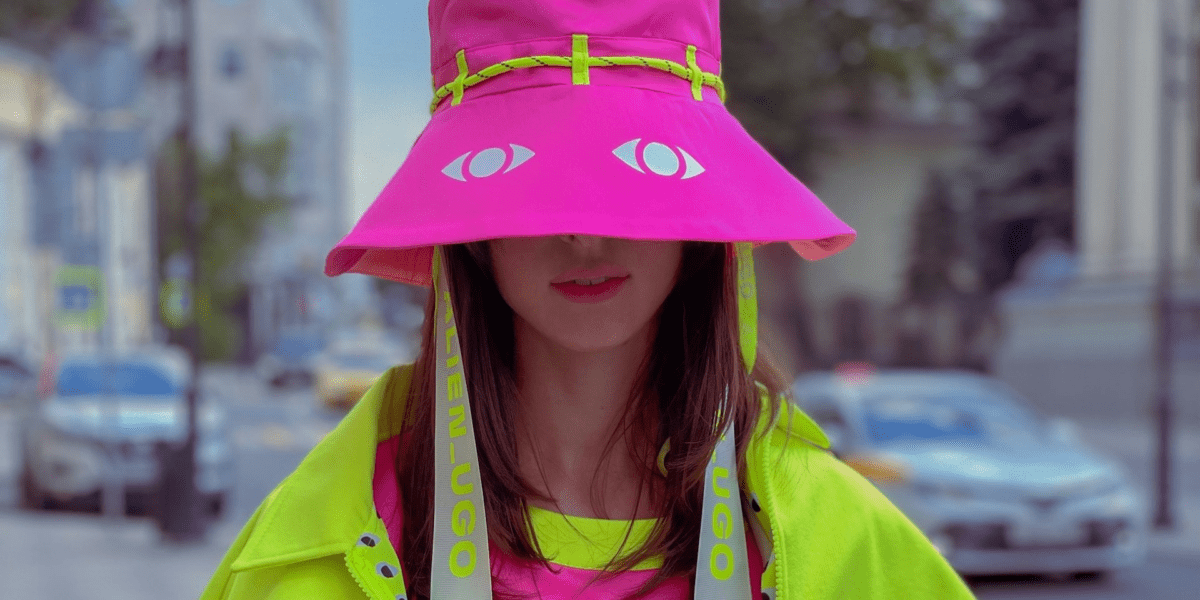Fashion as a Branding Tool: How Artists Can Harness the Power of Style
In the competitive world of the arts, establishing a distinct and memorable brand is essential for artists looking to stand out and connect with their audience. While talent and creativity are paramount, the visual presentation of an artist can also play a significant role in shaping their brand identity. Fashion, in particular, offers artists a powerful tool for expressing their unique personality, creativity, and artistic vision. In this article, we explore how fashion can shape an artist’s brand and contribute to their overall success and recognition in the industry.
Crafting a Visual Identity
Fashion serves as a visual expression of an artist’s identity, helping to convey their personality, values, and aesthetic preferences to their audience. By carefully curating their style and wardrobe, artists can create a cohesive and distinctive visual identity that resonates with their brand and reinforces their artistic persona. Whether it’s bold and avant-garde or understated and classic, the fashion choices an artist makes can leave a lasting impression on their audience and contribute to the overall perception of their brand.
Establishing a Signature Look
Many successful artists are recognized not only for their talent and creativity but also for their signature style and fashion choices. From David Bowie’s eclectic and flamboyant stage outfits to Madonna’s ever-evolving reinventions, artists who embrace a distinct and recognizable look can leave a lasting legacy in the world of fashion and popular culture. By establishing a signature look that reflects their artistic vision and persona, artists can cultivate a sense of authenticity and consistency that resonates with their audience and helps solidify their brand identity.
Aligning with Brand Values
Fashion can also serve as a powerful tool for artists to align themselves with certain values, causes, or movements that are important to them. Whether it’s through sustainable and ethical fashion choices, collaborations with socially conscious brands, or making a statement with their wardrobe, artists can use fashion to communicate their beliefs and advocate for positive change. By aligning their fashion choices with their brand values, artists can foster deeper connections with their audience and inspire others to support causes that are meaningful to them.
Cultivating a Strong Visual Presence
In today’s digital age, cultivating a strong visual presence is essential for artists seeking to build their brand and reach a wider audience. Fashion plays a crucial role in shaping this visual identity, with artists using social media platforms, websites, and promotional materials to showcase their style and fashion choices. By sharing behind-the-scenes glimpses into their wardrobe, collaborating with fashion photographers and designers, and attending high-profile events and red carpets, artists can leverage fashion to elevate their visual presence and attract attention to their work.
Conclusion
In conclusion, fashion is a powerful tool for artists to shape their brand identity and connect with their audience on a deeper level. By crafting a distinct visual identity, establishing a signature look, aligning with brand values, and cultivating a strong visual presence, artists can leverage fashion to enhance their overall brand and increase their visibility and recognition in the industry. Whether it’s through bold and avant-garde statements or understated and classic elegance, the fashion choices an artist makes can leave a lasting impression and contribute to their success and impact as a creative individual.



